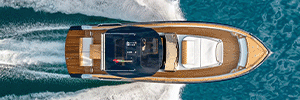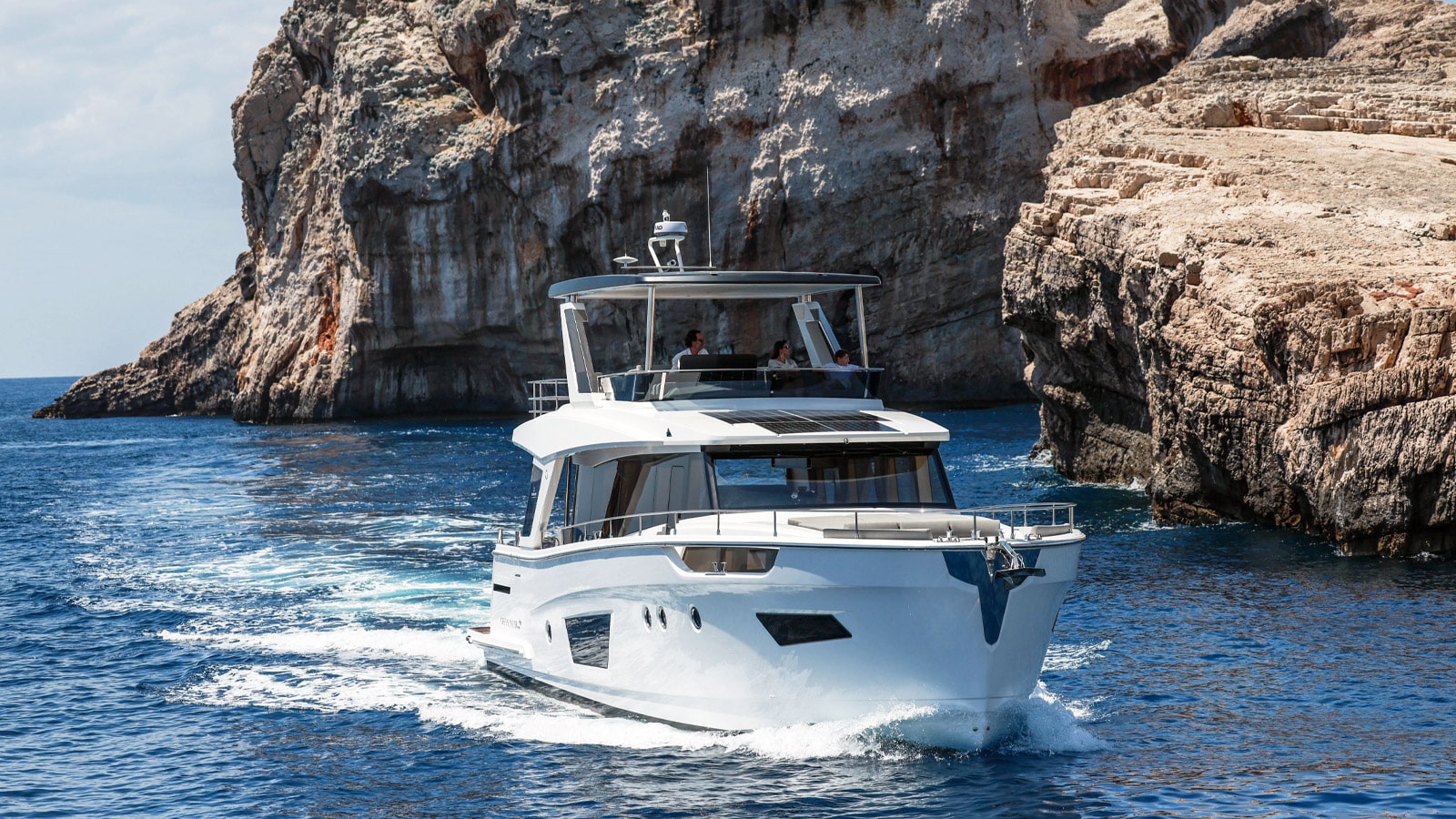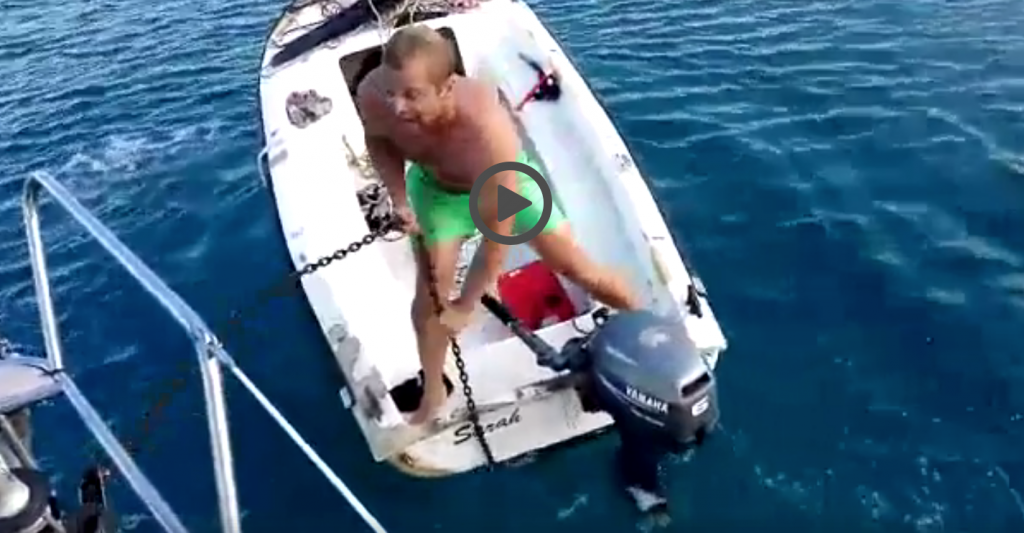Leggi l’articolo in italiano
The strongest perception was smell. Salt and myrtle, land and Mediterranean scrub plunged into the night were dissolving their smell in the hot sirocco.
The rest was only darkness and silence. On board, all lights were off, except for the way ones, and the noise of the boat sliding on the flat surface of the sea was so regular it seemed melted in the silence of the night. On the left, there was the lighthouse of Razzoli island, on north-eastern shore of Sardinia, opposite Corsica. We were there, soaking our memory and heart with those pictures we sometimes use to explain to ourselves the reasons of our love for the sea.
Sailing at night is also that.
Of course, if you work on a fishing boat in winter, or if sailing is your job and you have to move a boat in December, spending a night at sea means also cold, fatigue, even tension. The first times it is also a battle opposing desire and curiosity against our ancestral fear.
In order to face this rich mixture of sensations, as it always happens at sea, we must get ready. This means to get us and our boat ready.
Assuming that we have the necessary skills to sail at night, our preparation must start before sunset. The first thing to do is to establish crew’s shifts. Their length and frequency will depend on the number of passengers on board but they will be never longer than three hours.
If weather is good, only one person is sufficient in the cockpit. A second one, the so-called “free-guard”, can keep warm but always ready to intervene if necessary. The rest of the crew must have the possibility to have a rest. So, all the preparation must be completed. Even dinner must be prepared before shifts, unless the sea is too rough or the crew prefers a simple sandwich.
If you sail, it is necessary to start the night with the on-board batteries charged. In fact, charging the batteries means to disturb the crew who is not on duty. Sea chests and portholes must be checked and closed.
Then, unless the weather is excellent, it is better to reduce the sail for reasons of security. At night, in fact, especially if you travel fast, it is more difficult to perceive sea variations and there are fewer people ready to intervene.
In the deck, everything must be in order: so, the ropes coiled, the fenders and towels hung during the day, all tools placed and fixed. The life line, the cable fixed on the stern and bow, must be always equipped. Anyway, it must be fixed before night.
In the cockpit, the guard must have a torch, a pair of binoculars, some emergency portable way lights, water, chocolate, biscuits and a thermos with hot drink inside. Wines and spirits are not a good idea because alcohol is a vasodilator, so it does not hold warm.
Jackets must always be put on and fixed to life line. At night, being tied is always safe. Recovering a man is difficult during the day, but at night it is almost impossible to see a person fallen in the water, especially if sea is very rough.
The life raft must be easy to reach and not hidden under tons of tools in a forepeak. Everything at night is more difficult.
At night, cold is one of the main enemies. Needless to say, you should wear warm clothes. Guard crew can pass his shift under the hood. But it is important to not abuse of the automatic pilot; first of all, in order to save batteries and then because low operativeness reduces your bursting point and battling sleepiness becomes more difficult.
Below deck, too, everything must be in order. If you are sailing near the coast, you must have a complete map of the zone and know all the lighthouses and lights you will meet along your route. You can, for example, mark their period and a circle to indicate their range.
Finally, it is important to check all the safety supplies and put them in a accessible place.
Vhf radio must be on and tuned on channel 16.
The most important lights are the turned off ones. It is a paradox but it is important to pay attention to this aspect in order to not compromise the helmsman’s night view.
You must turn on way lights , that is the green one on the starboard side, the red one on the left and the white one on the stern. These operations must be done at sunset, so time changes with seasons, and lights must be turned off at sunset. On a normal boat or if you use sail under power, you must turn on the white light on the mast 225 degrees towards the bow.
All the other lights must be off.
Of course, it is necessary to check lights before sailing off and it is better to have some spare lights and, if possible, an emergency battery way lights set.
Now, we are ready and we just need to come back to the important things of night sailing. Do you remember? Silence, smells, emotions.
Next days, we will talk about another interesting matter: sailing in narrow waters at night and night landing.































One Response
Sound and beautiful advice.